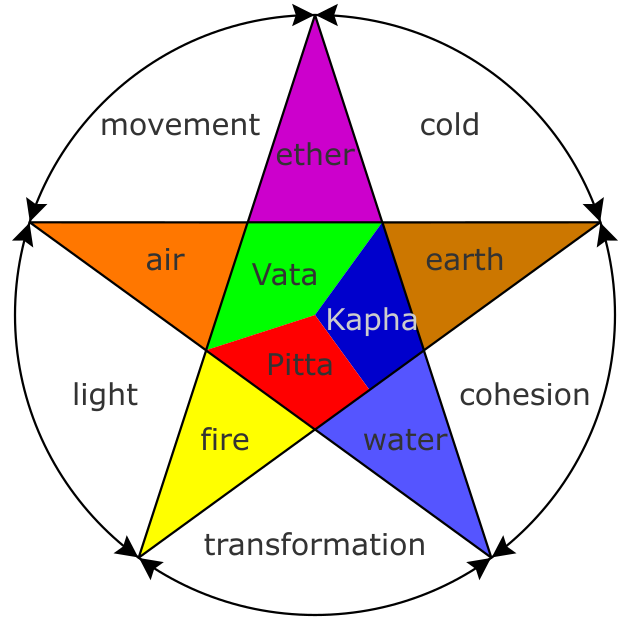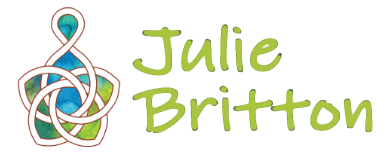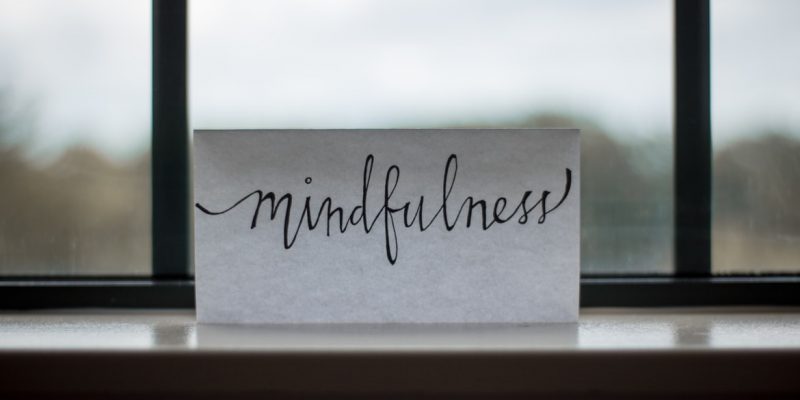What is Ayurveda?
Ayurveda is a natural system of medicine that originated in India more than 3,000 years ago. It is one of the world’s oldest holistic (“whole-body”) healing systems. Ayurveda translates to “Knowledge of life”.
Ayurveda is based on a delicate balance between the mind, body and spirit. By holistically taking care of these areas will enhance our health and wellness.
Ayurveda consists of three life forces or energies called doshas. These are Vata, Pitta and Kapha.

The Vata, Pitta and Kapha Doshas are active not only in our bodies but in all of nature, in animals, plants and fruits – in all the bodies of creation and in every cell.
In nature, all the bio energies work together. The rain gives the earth moisture (Kapha). The sun’s warmth (Pitta) ripens the fruit. The wind, (Vata) is responsible for fertilising plants. When the bioenergies work in harmony they contribute to life on earth.
Conversely, when these bio energies are in imbalance, flooding (Kapha) can ravage the land, too much heat (Piaa) can parch the earth and storms (Vata) can cause devastating destruction.
The same is true for our bodies: When Kapha, Pitta and Vatta work together in harmony, we are in good health. The Doshas in Ayurvedic medicine are the human body’s three basic controlling and regulating systems. The ratio of Data, Pitta and Kapha defines our personal constitution and the composition of Doshas determines our strengths, weaknesses, susceptibility to disease and the body’s ability to respond.
Once the Ayurvedic therapist knows a person’s constitution, he or she can make an appropriate selection from a wide variety of Ayurvedic treatments.
Every Dosha has a principle location in the body and is responsible for certain functions and properties.
Contact
Get in touch for a free 30 min consultation
Dosha Characteristics
Vata Characteristics
Dry, lights, cold, agile, rough, quick, subtle, not viscous
Vata is located in the bladder, the large intestine, the legs, the head, the chest, the throat, the stomach, the navel, the heart and the circulatory system. Vata is the life force itself and the most powerful of the Doshas. When Vata is out of balance, disorders are quick to follow. It controls the processes if movement, emotions, nourishment (eating, drinking and breathing), retention, and elimination, preservation of bodily tissues as well as sensual and mental activity.
How to determine the Vata type
Pitta Characteristics
Hot, spicy, sour, piercing, light, oily
Pitta is located in the lower third of the stomach, the duodenum, the navel, the blood, the eye, the skin, the liver, the heart, the head and the spleen. Pitta is mostly determined by the Element of Fire. It regulates the metabolism and controls the activities of the digestive system, body temperature, skin pigmentation and the intellect. A person’s emotional expression and presence are also controlled by Pitta.
How to determine the Pitta type
Kapha Characteristics
Heavy, oily, slow, stable, smooth, solid, slow
The seat of Kapha is in the head, the chest, the stomach, the tongue, the mouth and in the joints. Kapha ensures cohesion and stability in the body. It is responsible for growth and regeneration, for strength, stability. Body weight, the skins’s radiance and the body’s ‘lubrication’.
How to determine the Kapha type
” Julie has been an intrinsic part of the success of my relationship. At the beginning my partner and I went on one of her retreats and had several coaching sessions included. They always came just at the right time to help us get over our self-sabotage hurdles. Here we are almost 5 years later and we had found a couple of sticking points that if not resolved could have ended up being deal-breakers! So we went to see Julie for a personalised couples healing retreat. Julie’s coaching techniques, along with card readings, helped us identify what was hidden from our view, which shifted our whole perspective in the areas that were stuck. Over the 2 days, as well as having delicious treatments and Ayurvedic food, we moved through each issue and left feeling empowered, clear of our next steps and focus, and in love again!
Something I learned about myself is I get anxious about money if I don’t know what is so, or have a clear strategy for moving forwards. As a result I will now take on evaluating expected expenditure for the upcoming months, in advance. As we are travelling between different countries the costs are not consistent.
One of the best things was hearing my partner having breakthroughs and taking responsibility for his part and taking on accountabilities in our life. Now the stuck stuff has moved, I am very excited about the future we are living in to.
Thank you Julie.
Lots of love xxxx
Life, Health and Prosperity
…the purpose of life is live life on purpose!“


